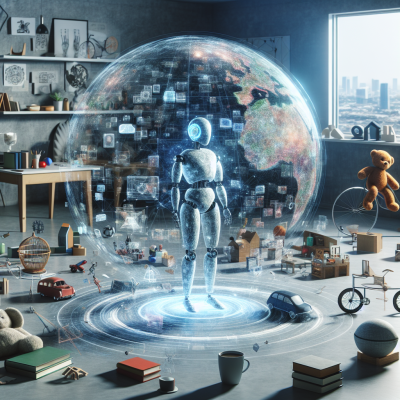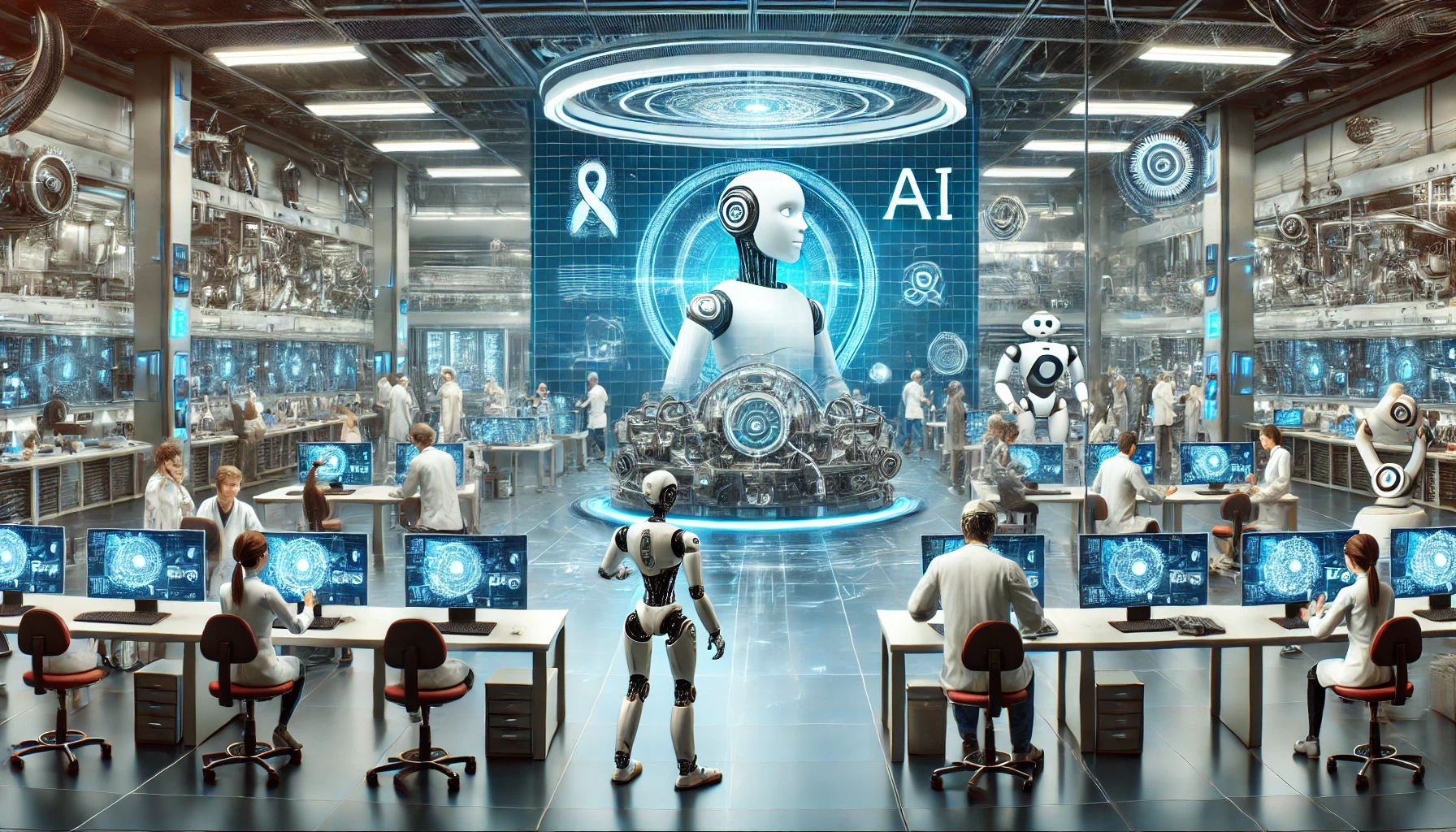
Reimagining Machine Learning with Physical Intuition
In the evolving landscape of artificial intelligence, one of the most fascinating and ambitious goals is to create machines that not only perceive the world but also understand it in a way similar to humans. Meta’s newest AI system, Video Joint Embedding Predictive Architecture (V-JEPA), brings us closer to that vision. Developed by researchers led by Yann LeCun, this AI model learns physical intuition the same way children do—by watching the world unfold through ordinary videos.
What Is Physical Intuition, and Why Does AI Need It?
Humans come equipped with an implicit understanding of physical principles. We instinctively know that unsupported objects fall, liquids spill, and solid items block one another’s path. This type of insight is called physical intuition—and it emerges from observing and interacting with our environments.
For AI systems, this form of learning has proven extremely difficult to replicate. Traditional models rely heavily on labeled data and engineering rules, which makes them rigid and often oblivious to the kind of flexible, general understanding that comes naturally to human cognition.
V-JEPA: A Breakthrough Model
V-JEPA stands apart because it doesn’t rely on labels or explicit instructions. Instead, it processes unlabeled videos, attempting to predict the state of a scene across time. Through this predictive modeling, the AI builds an abstract, compressed representation of physical dynamics—much like a child figures out that a flying ball will eventually hit the ground.
How It Works: Modeling by Observation
At its core, V-JEPA works by observing what is missing. Here’s the process simplified:
- V-JEPA receives a training video with several missing frames.
- Rather than generating the frames pixel by pixel, the model tries to understand the underlying structure that predicts what happens next.
- It learns to project into an abstract space where physics-like constraints help guide these inferences.
The model builds a semantic sense of movement, cause and effect, and physical continuity—without needing a frame-by-frame explanation.
Building Smarter AI Through Prediction
What separates V-JEPA from traditional generative models like DALL·E or GPT is its focus on structure over imagery. LeCun emphasizes that representation should abstract away the noise of pixel data while preserving elements critical for reasoning.
By focusing on what needs to happen next rather than on surface appearance, V-JEPA hones in on the essential behavior of objects—how they fall, bounce, slide, or collide. This enables a more scalable and generalizable learning strategy that can supplement physical robotics, object tracking, and even autonomous driving.
The Broader Impact: Toward Human-Like Reasoning
Perhaps the most exciting dimension of V-JEPA is its implications for artificial common sense. Predictive systems like this could enable machines to:
- Plan actions based on expected outcomes.
- Adapt to new environments with little guidance.
- Simulate the consequences of potential movements before acting.
Unlike systems that memorize outcomes, V-JEPA demonstrates a growing ability to model causal relationships—the hallmark of intelligent behavior.
Real-World Applications
As this technology matures, its applications could influence core areas such as:
- Robotics – enabling tactile decision-making in unfamiliar surroundings.
- Augmented Reality – predicting how virtual objects interact with real-world environments.
- Autonomous Vehicles – improving real-time decision-making in unpredictable conditions.
V-JEPA’s design could be foundational in training agents that navigate the physical world with an understanding derived not from rigid rules but intuitive foresight—a quality that can’t be manually coded.
Challenges and Future Directions
Despite its progress, V-JEPA still has work ahead. Drawing abstract representations that generalize across different environments and physics regimes remains a monumental task. Researchers hope to evolve these models into larger systems capable of interacting actively—not just watching passively.
Another avenue is combining V-JEPA’s predictive structure with reinforcement learning, enabling systems that refine their abilities based on reward-driven feedback. As LeCun points out, the merging of perception, representation, and planning is likely the path to the next generation of intelligent agents.
Conclusion: A New Way of Seeing
V-JEPA marks a meaningful step in the journey toward creating AI that doesn’t just see the world, but truly understands it. By drawing closer to human-like learning processes—especially the way children learn through simply watching—this architecture brings a compelling new dimension to artificial intelligence development.
As the tech world leans more into models built on prediction and representation rather than brute data force, systems like V-JEPA position AI to be more adaptable, intuitive, and ultimately trustworthy across industries and applications.
In essence, V-JEPA is a model not just of vision, but of perception—with all the complexity and nuance that implies.


Leave a Reply